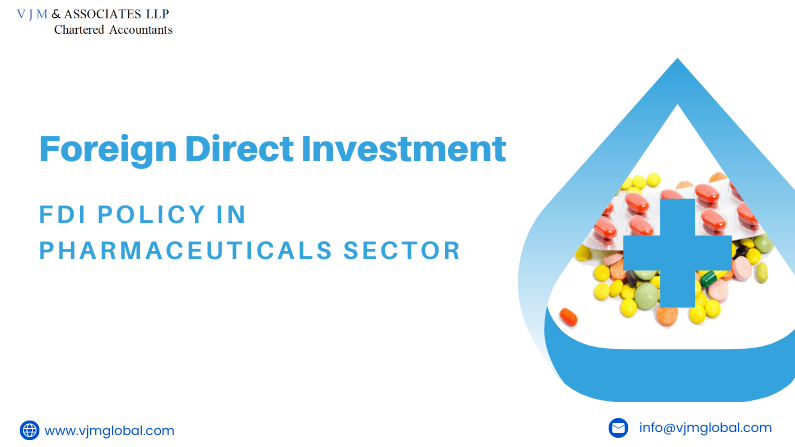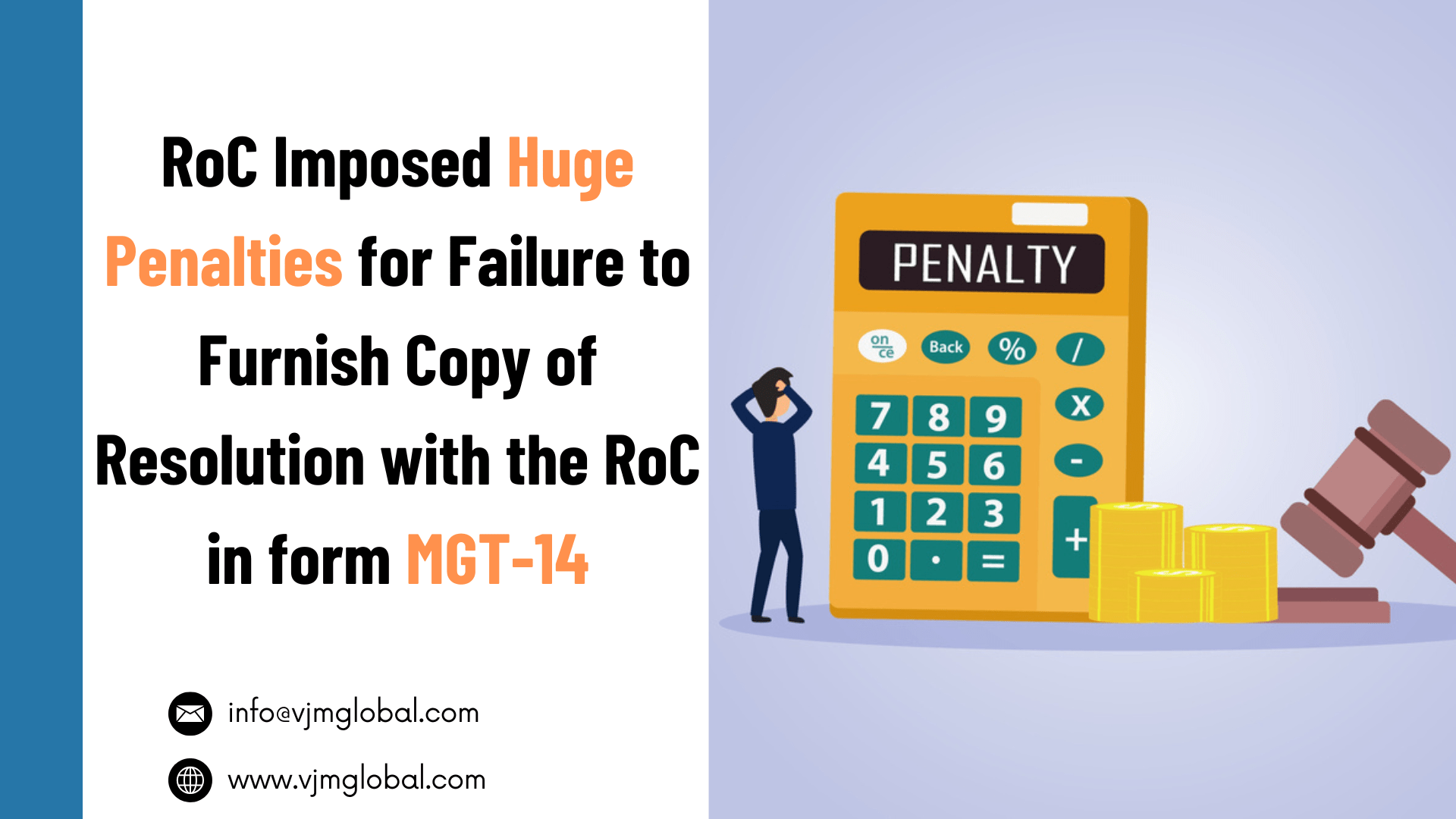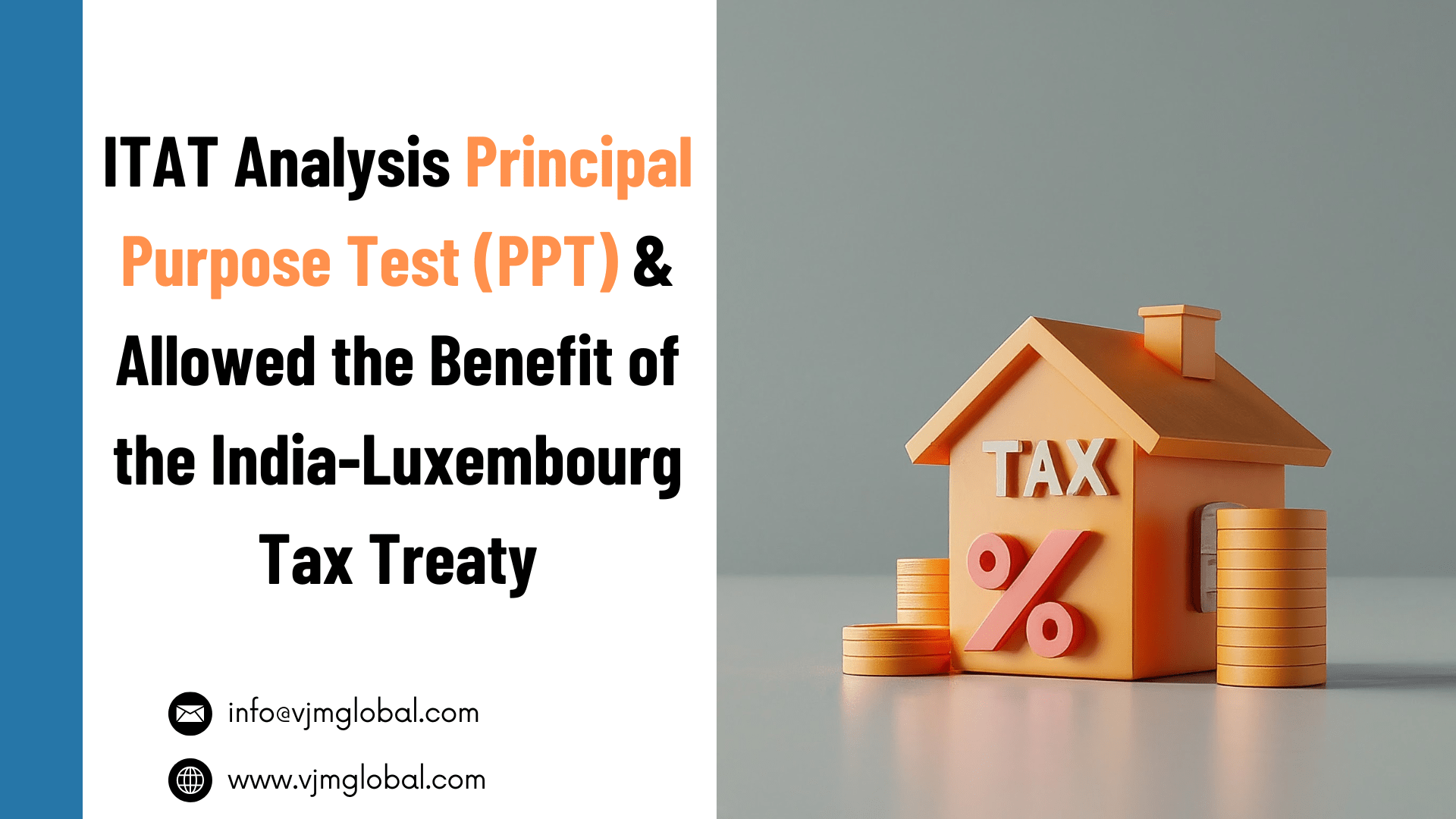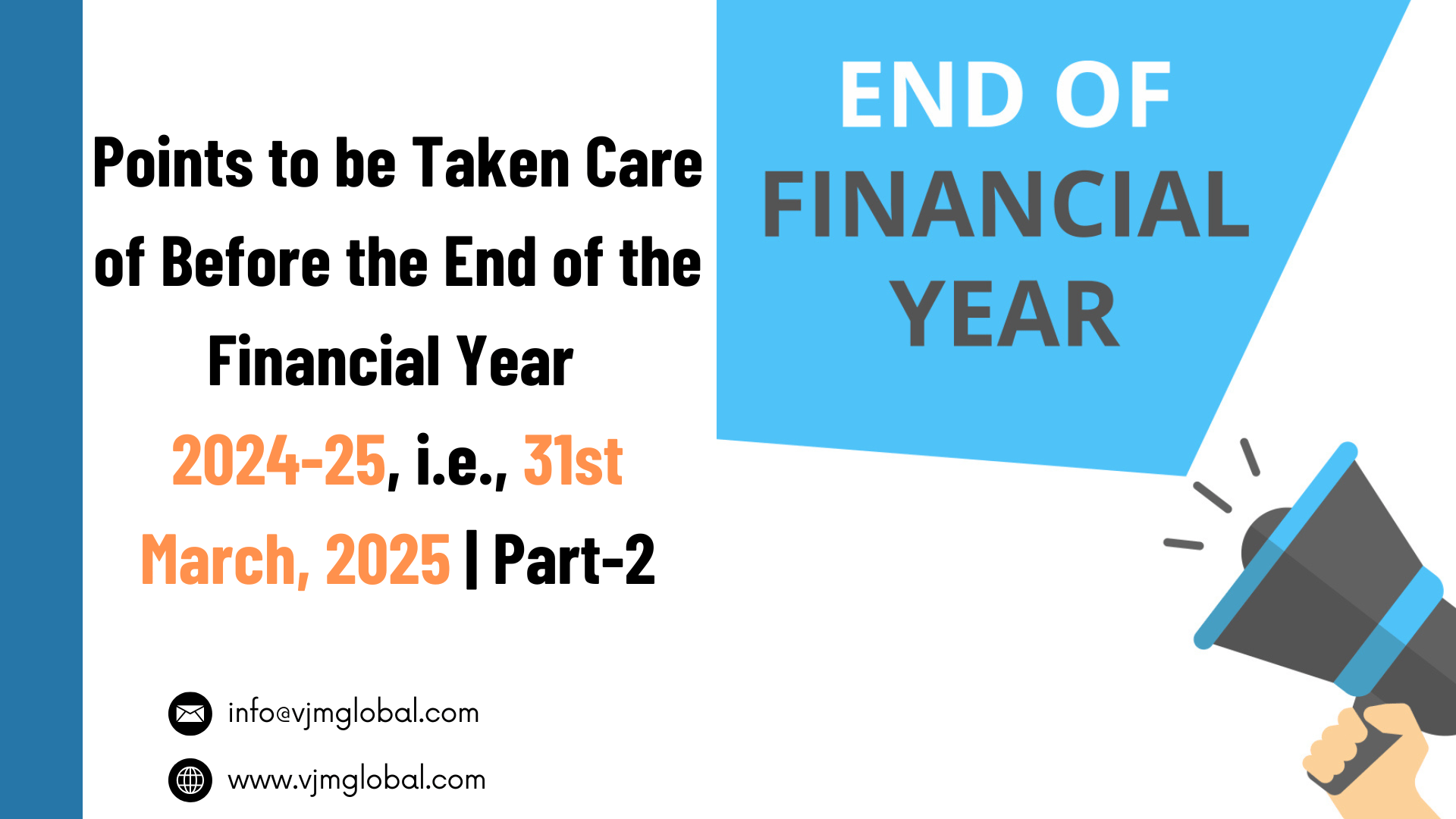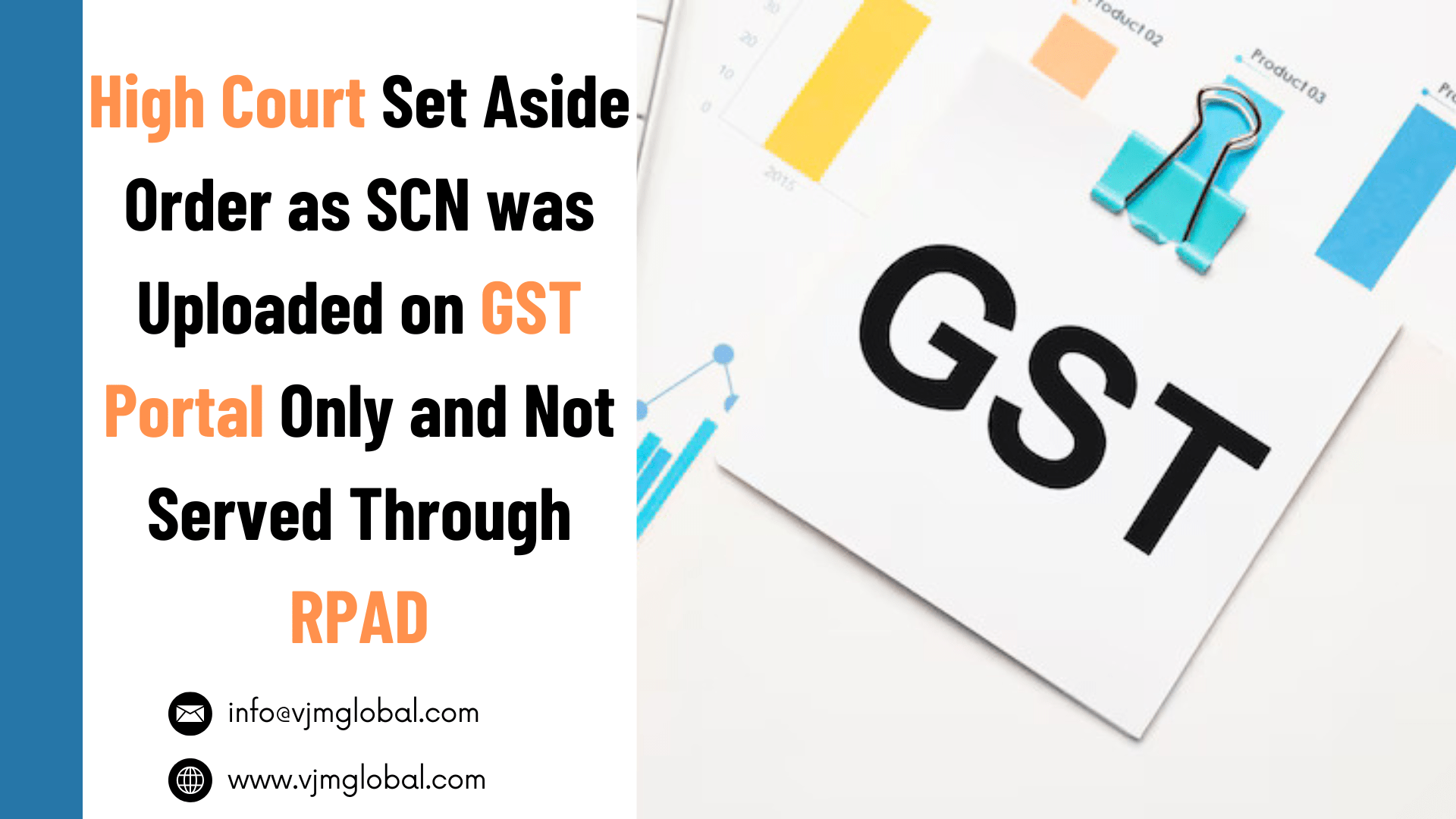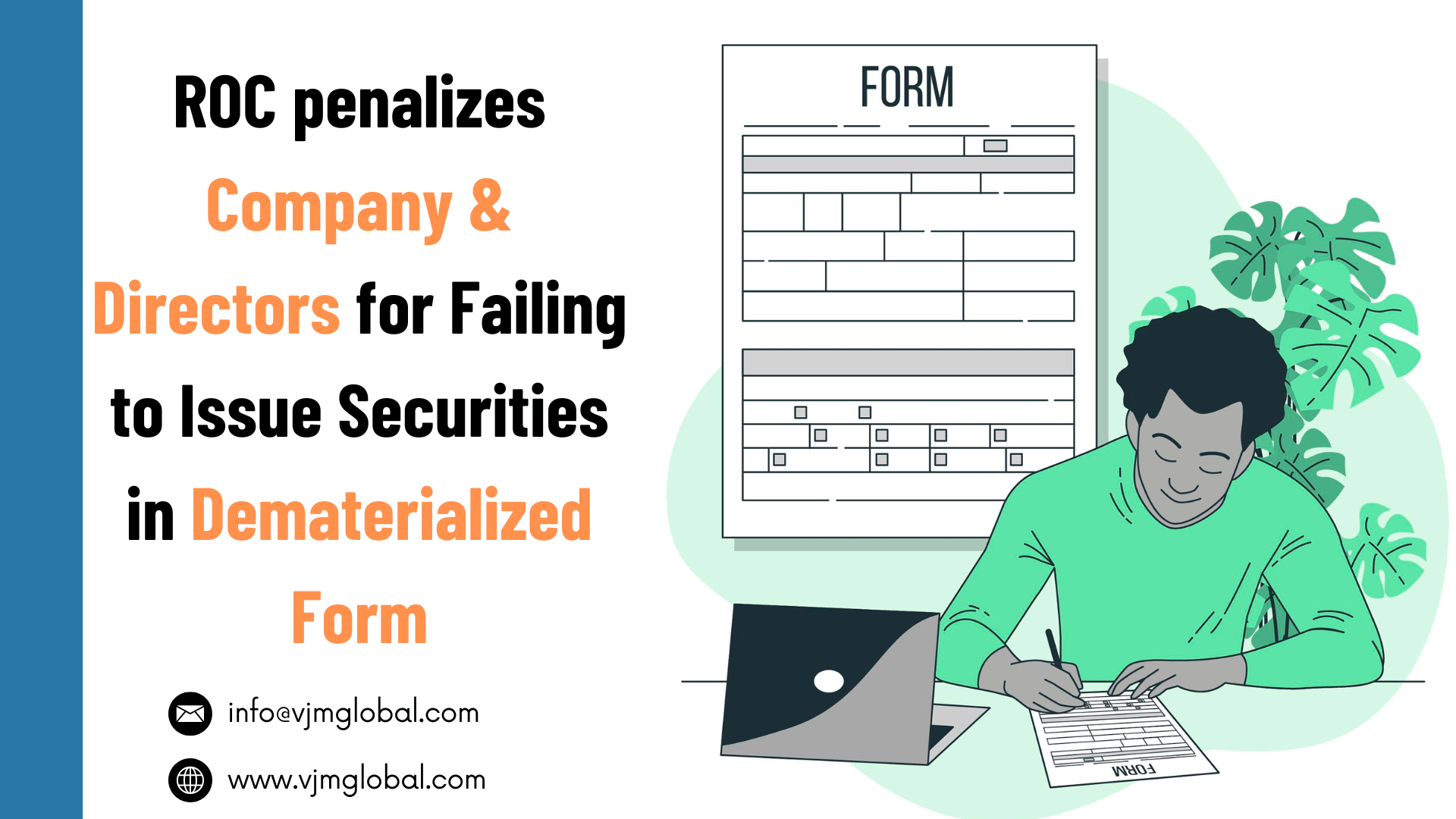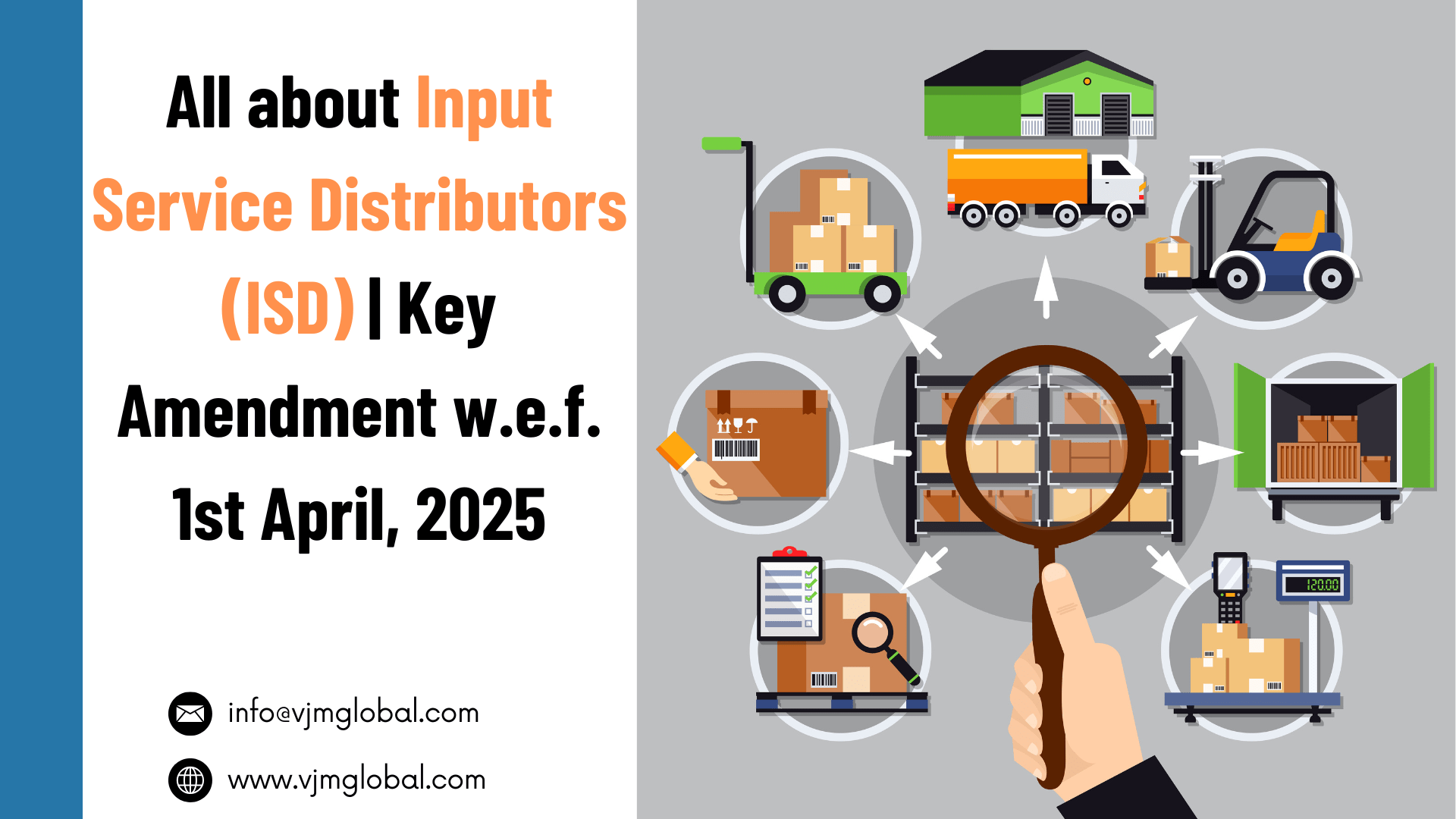Foreign Direct Investment (FDI) plays a crucial role in the growth and development of any country’s economy. In India, the pharmaceutical sector is one of the key contributors to the nation’s GDP and plays a significant role in providing affordable healthcare solutions to its citizens.
India has been attracting significant foreign direct investment (FDI) in the pharmaceutical sector in recent years. The government has introduced several policy measures to promote FDI in this sector and to make it more attractive for foreign investors. This article aims to provide a detailed analysis of the FDI policy in the pharmaceutical sector in India.
The Indian pharmaceutical industry has emerged as a global leader in the production and export of generic drugs. It supplies a significant portion of the world’s demand for affordable medicines. The sector encompasses the manufacturing, research and development, marketing, and distribution of pharmaceutical products.
Here are some key points about India’s pharmaceutical sector:
- India is a major producer and supplier of affordable generic drugs globally.
- India holds a significant 20% share of generic medicine supplies globally by volume.
- In FY 20-21, India’s pharmaceutical exports amounted to $24.44 billion.
- India has more than 3,000 pharmaceutical companies and over 10,500 manufacturing plants.
The Covid-19 pandemic has brought significant global attention to the pharmaceutical sector. Many global companies are shifting their operations from China, making India a strong alternative choice due to its expanding market and skilled workforce. The Indian government is actively advocating for reforms to attract business investments and create an investor-friendly environment in the country.
1. Types of FDI made in Pharmaceuticals
- Greenfield FDI in Pharma:
- Greenfield investment means the investment in new plants.
- It involves building a new manufacturing plant, research and development center, or distribution network from the ground up in a different country.
- Greenfield FDI allows companies to control over the design, development, and operations of their facilities, enabling them to align with local market demands and regulatory requirements, and also requires availing of industry licenses, etc.
- Brownfield FDI in Pharma :
- In simple words, Brownfield investment refers to investment in an existing plant.
- In other words, the company purchases an established pharmaceutical plant or a majority stake in an existing company and modifies or expands it to align with its business objectives (such as production facility, capital equipment, local labour and local approvals, etc.) and is a relatively quicker and cheaper alternative to a greenfield project.
2. Threshold Limit of FDI (Foreign Direct Investment) permitted in Pharmaceuticals
As per latest Policy issued by Department of Industrial Policy and Promotion (DIPP) vide ‘Consolidated FDI Policy’, details of FDI policies on Construction development is given below:
| Sector/Activity | % of Equity/ FDI Cap | Entry Route |
| Greenfield | 100% | Automatic |
| Brownfield | 100% | Automatic Approval: upto 74%.Government Approval: FDI beyond 74% |
3. Conditions of Making FDI in Pharmaceuticals
- “Non-compete” clauses would not be permitted in the automatic or government approval route except with the approval of the Government in special circumstances. Under the Non-compete clause, a party agrees not to enter into a similar trade in competition against another party as part of a deal.
- The prospective investor and the prospective investee are required to provide a certificate along with the application for foreign investment as per Annexure-9.
- Governments may incorporate appropriate conditions for FDI in brownfield cases, at the time of granting approval.
- FDI in Brownfield Pharmaceuticals (under both automatic and government approval) The route is subject to compliance with the following conditions:
1. Production of National List of Essential Medicines
- The production level of National List of Essential Medicines (NLEM) drugs and consumables should be maintained at a consistent absolute quantitative level induction of FDI for the next 5 years.
- The benchmark for this level would be decided with reference to the level of production in the 3 immediately preceding financial years. Of these, the highest level of production in any of these three years would be taken as the level.
2. R&D expenses
- R&D (Research and Development) expenses being maintained for 5 years at an absolute quantitative level at the time of induction of FDI.
- The benchmark would be decided with reference to the highest level of R&D expenses incurred in any of the 3 immediately preceding financial years.
- The Administrative Ministry will be provided with complete information pertaining e. to the transfer of technology, along with bringing foreign investment into the investee company.
- The administrative Ministry(s), i.e., Ministry of Health and Family Welfare, Department of Pharmaceuticals or any other regulatory Agency/Development as notified by Central Government from time to time, will monitor the compliance of conditions.
- In the medical device manufacturing industry, FDI up to 100% is allowed through the automatic route. The above-mentioned conditions regarding production levels and R&D expenses are not applicable to both greenfield and brownfield projects in this sector.
- Medical device means –
- Any instrument, apparatus, appliance, implant, material, or other article, whether used alone or in combination, including the software, intended by its manufacturer to be used for:
- Diagnosis, prevention, monitoring, treatment, or alleviation of any disease or disorder;
- Diagnosis, monitoring, treatment, alleviation, or assistance for, any injury or disability;
- Investigation, replacement or modification, or support of the anatomy or of a physiological process;
- Supporting or sustaining life;
- Disinfection of medical devices;
- Control of conception,
- and which does not achieve primary intended action in or on the human body or animals by any pharmacological or immunological or metabolic means, but which may be assisted in its intended function by such means;
- Any instrument, apparatus, appliance, implant, material, or other article, whether used alone or in combination, including the software, intended by its manufacturer to be used for:
- An accessory to such an instrument, apparatus, appliance, material, or other article;
- In-vitro diagnostic device which is a reagent, reagent product, calibrator, control material, kit, instrument, apparatus, equipment, or system, whether used alone or in combination thereof intended to be used for examination and providing information for medical or diagnostic purposes by means of examination of specimens derived from the human bodies or animals.

